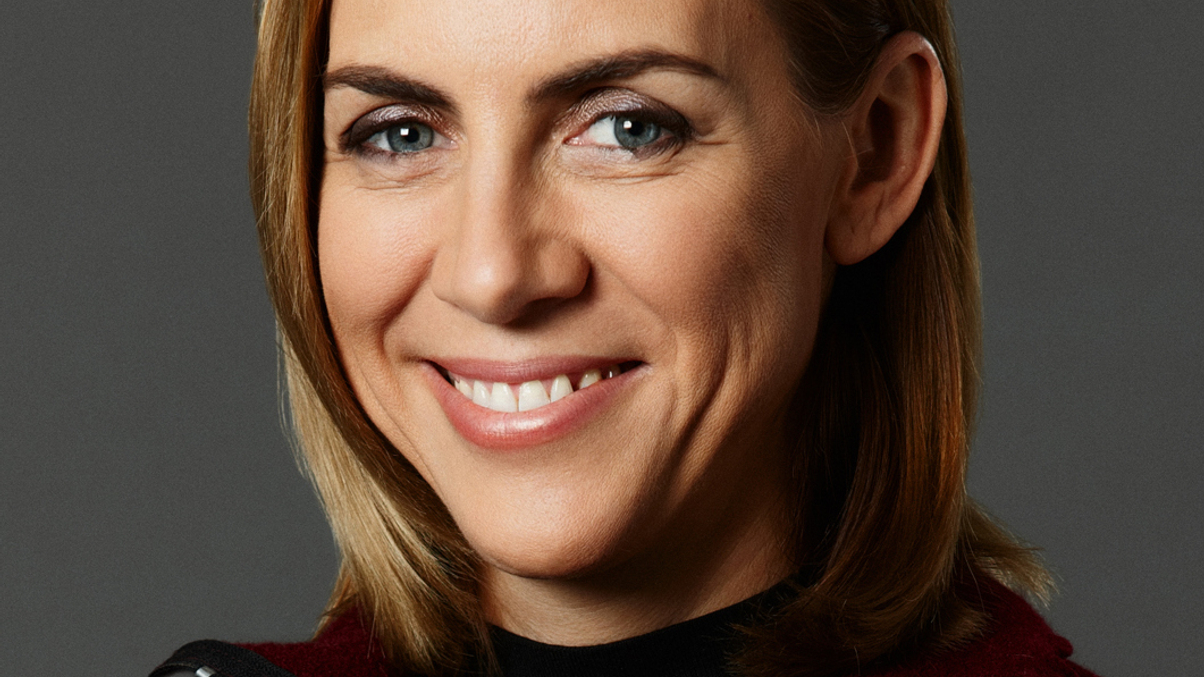Moscow bourse moves to lure foreign investors
Russia’s main securities exchange is planning rule changes and system upgrades it hopes will boost investment flows to the country’s stock market.

The Moscow stock exchange and asset managers hope new measures on trading infrastructure and listing reforms will boost foreign investment into Russian equities.
Sign in to read on!
Registered users get 2 free articles in 30 days.
Subscribers have full unlimited access to AsianInvestor
Not signed up? New users get 2 free articles per month, plus a 7-day unlimited free trial.
¬ Haymarket Media Limited. All rights reserved.


